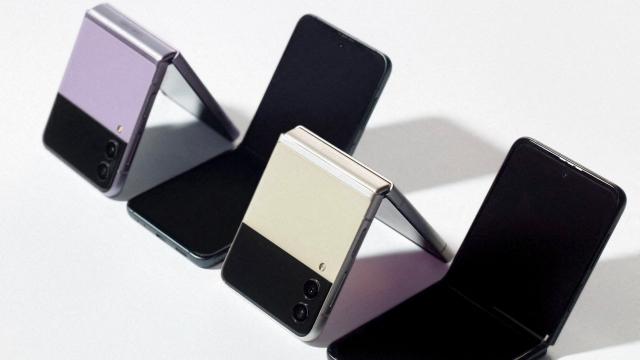
Buying a new smartphone can be an exciting time. And while we can be grateful that we don’t have to squint into tiny brick phones anymore, modern smartphones can often come with confusing technological jargon that reads more like a robot language than handy specs.
If you’re in the market for a phone, or simply want to learn more about the technology we rely on every day then read on.
CPU
Arguably one of the most important specs on a phone is the Central Processing Unit or CPU. It’s also known as a processor and is an electronic circuit, capable of running computer programs. The more powerful a CPU, the faster and more responsive your phone will end up being. The CPU measurement tends to be found in either gigahertz (GHz) or megahertz (MHz). Faster phones tend to have over 2GHz but anything over 1GHz should get the job done.
Battery Life
There’s nothing worse than investing in a smartphone, only for the juice to run out after three hours of use. Battery life is measured in milliampere hours (mAh). Of course, the higher the mAh value, the more battery life a phone has. On average, smartphone battery capacities can start from 1700mAh and can go all the way up to 5000mAh. Phones like the Samsung Galaxy A Series have a battery capacity value of 5,000mAh, making it good value if your phone takes a hammering with apps, phone calls, and more.
RAM
RAM means Random Access Memory. It’s a type of (super-fast) storage that is separate from your phone’s main storage. It lets your smartphone run apps quickly as they get loaded from the phone’s central processing unit into the RAM where they are queued. Basically, it helps your smartphone to switch between apps and lets you go back to them when needed rather than having to reboot every time. Look for a phone with at least 2 gigabytes (GB) of RAM as that’s what’s needed to run the basics of a smartphone, however anything above 4GB should be enough for avid smartphone users.
Storage
Your smartphone also uses gigabytes to measure its storage capacity. The majority of smartphones have either 32GB, 64GB, or 128GB of inbuilt storage. At the top-end of the market, phones like the Samsung Galaxy Z Series come with 256GB and 512GB, or even up to 1TB of storage depending on which you choose.
The amount of storage you need will depend on what you’re using your phone for. If you take a lot of photos and videos then the larger the storage the better as these can quickly contribute to a ‘Low Storage’ notification popping up.
Size Display
The “size” or “main display” on your smartphone simply means the size of your phone’s screen. Choose your screen size based on what you’ll use the device for. Smartphones like the Samsung Galaxy S22 Series gives customers a choice between the 6.1″ Galaxy S22, 6.4” Galaxy S22+ and the 6.8″ Galaxy S22 Ultra. Size display can also be measured in millimetres.
Resolution
Resolution specs means the number of pixels that are present on the screen. Unlike the phones of yesteryear, smartphones tend to have millions of pixels. Because they’re so high, the resolution is typically displayed in “width by height” numbers i.e. 2340 x 1080 as seen in Samsung’s Galaxy S Series. The resolution can also be abbreviated further with a “p” symbol i.e. 1080p. This means progressive scan. The higher the resolution, the more “definition” a screen has.
Camera Specs
Phone camera specs are super important these days. If you see a number with “f” next to it in the phone’s camera section, this refers to the camera’s aperture. Just like a film camera, the aperture equates to the size of the opening in which light can enter. The lower the “f” number, the wider the aperture.
The vast majority of phone cameras have an aperture that can’t be changed (because it doesn’t have the adjustments like a regular camera would). Cameras can also have a megapixel (MP) measurement as well. If a smartphone camera is said to be 12MP, it means it’s made up of 12 million little dots or squares of different colours. This means that a 20MP camera could potentially take better images than a 10MP camera. Although it’s not only dependent on the MPs.
So there’s the basics. Hopefully this guide makes purchasing your next smartphone a tad easier – or at least, simpler to understand.

Leave a Reply
You must be logged in to post a comment.